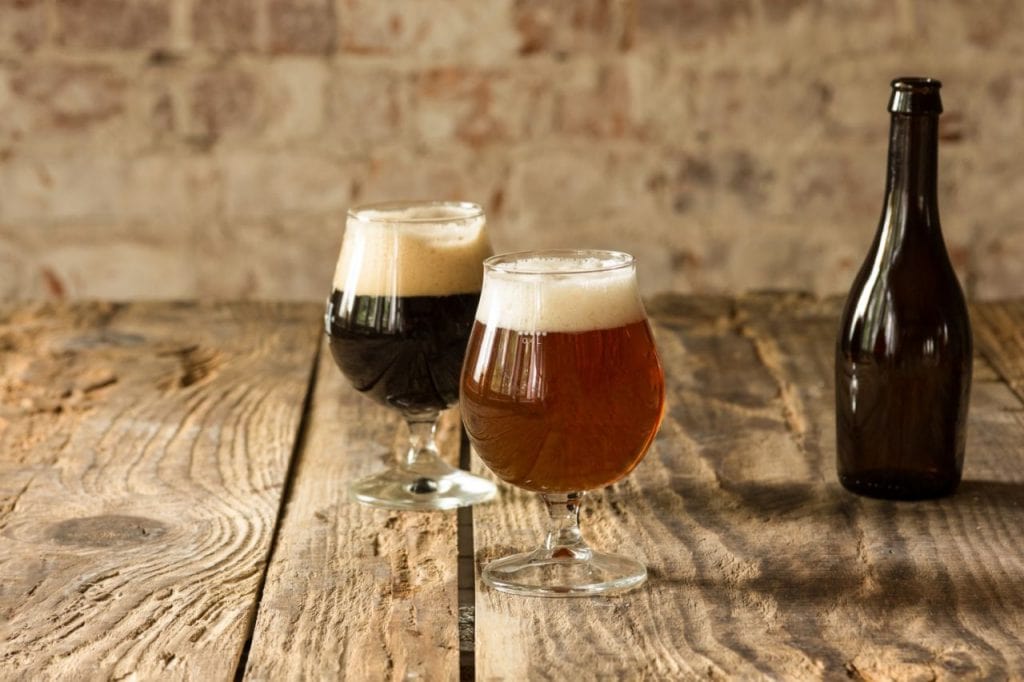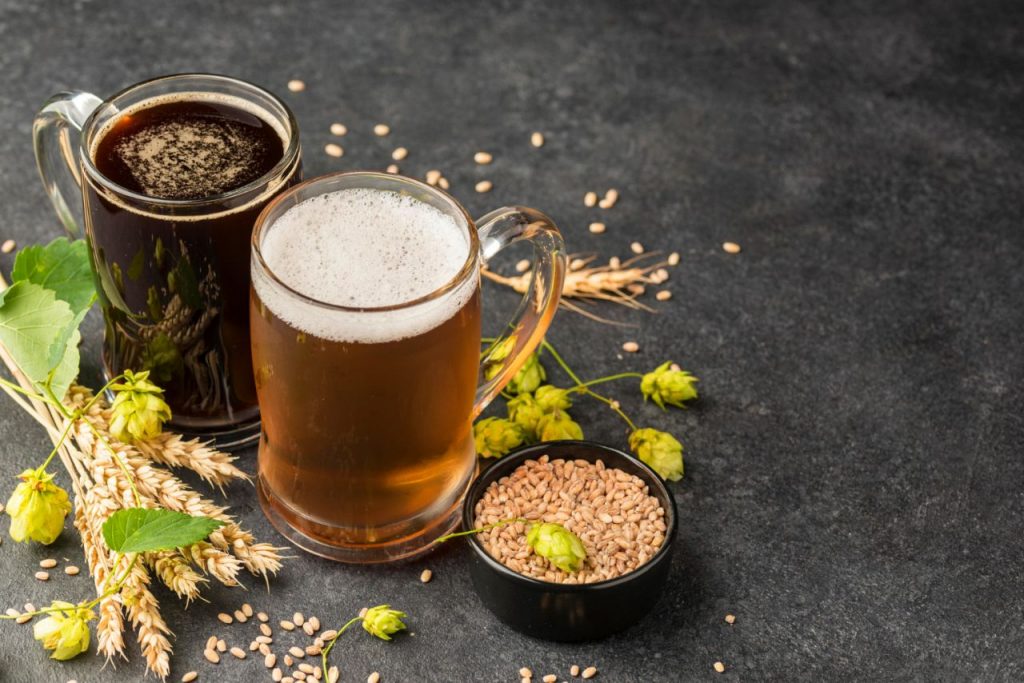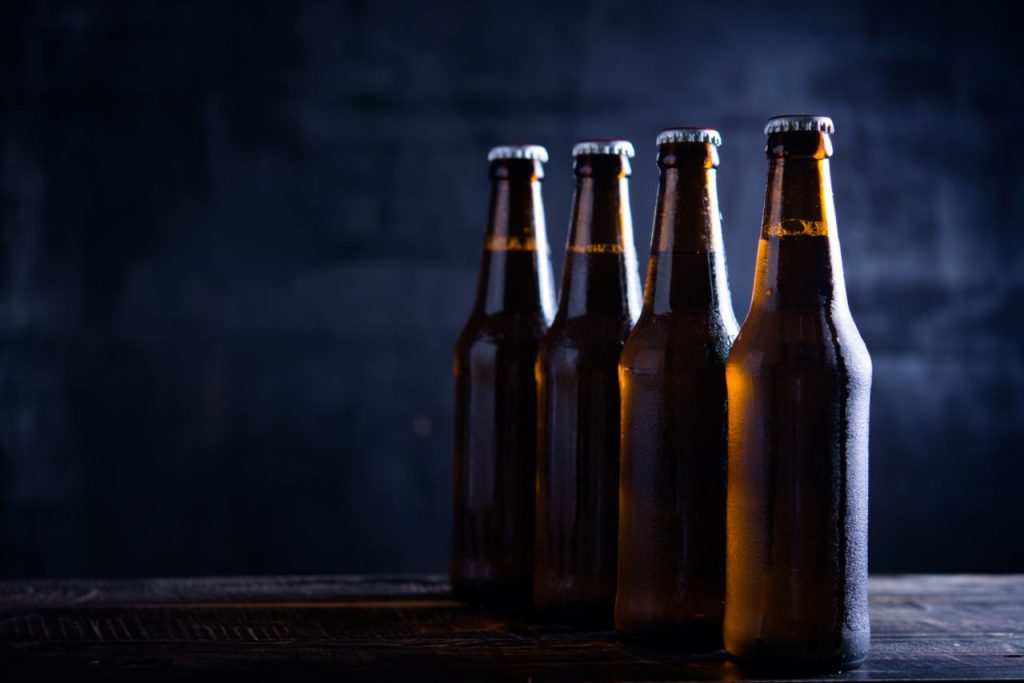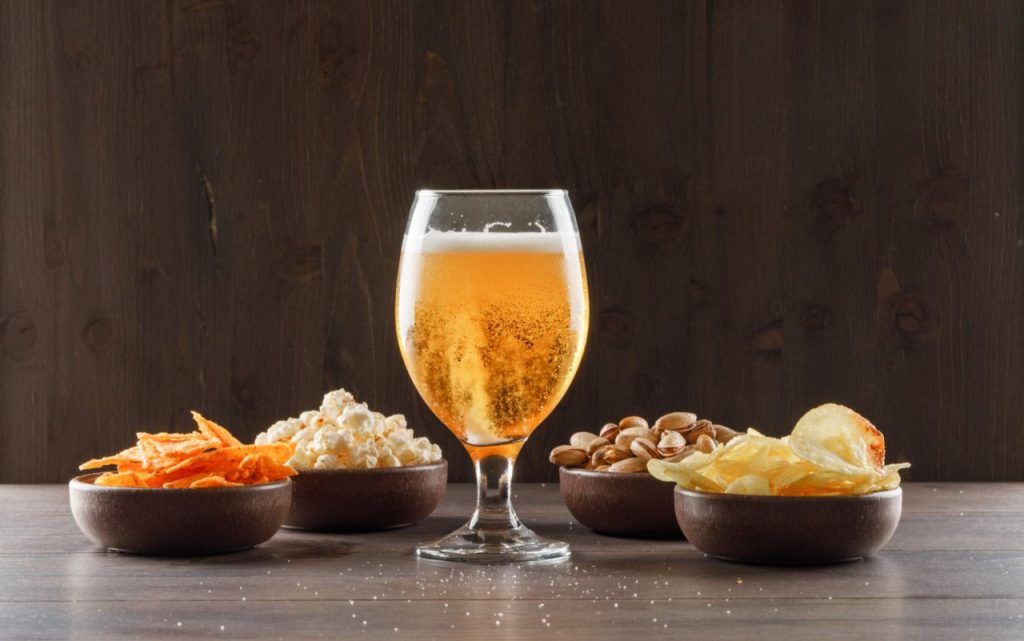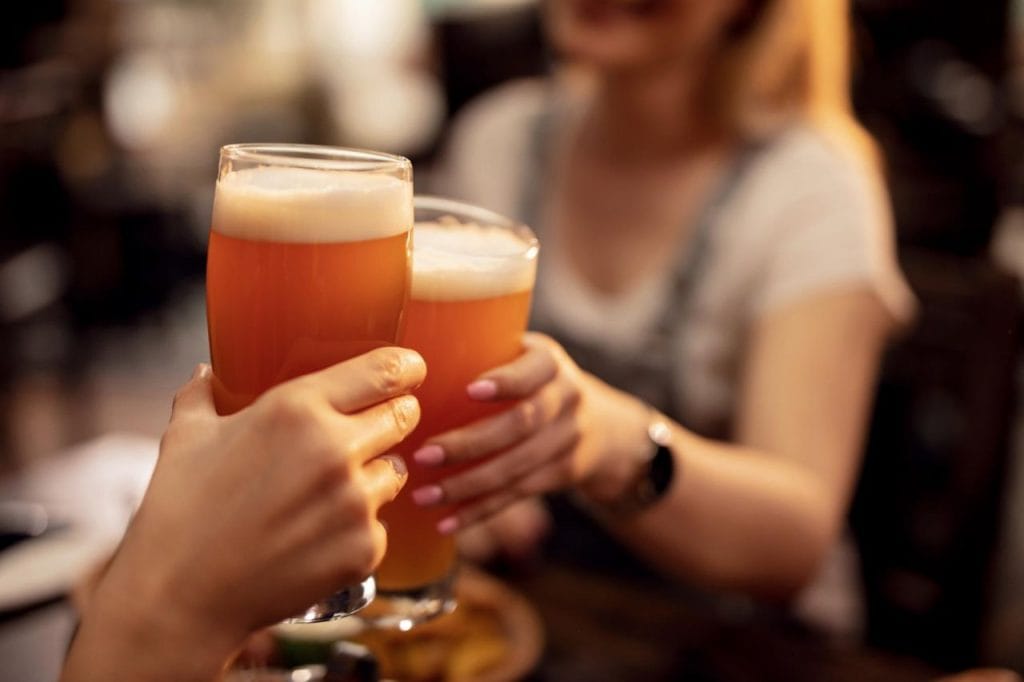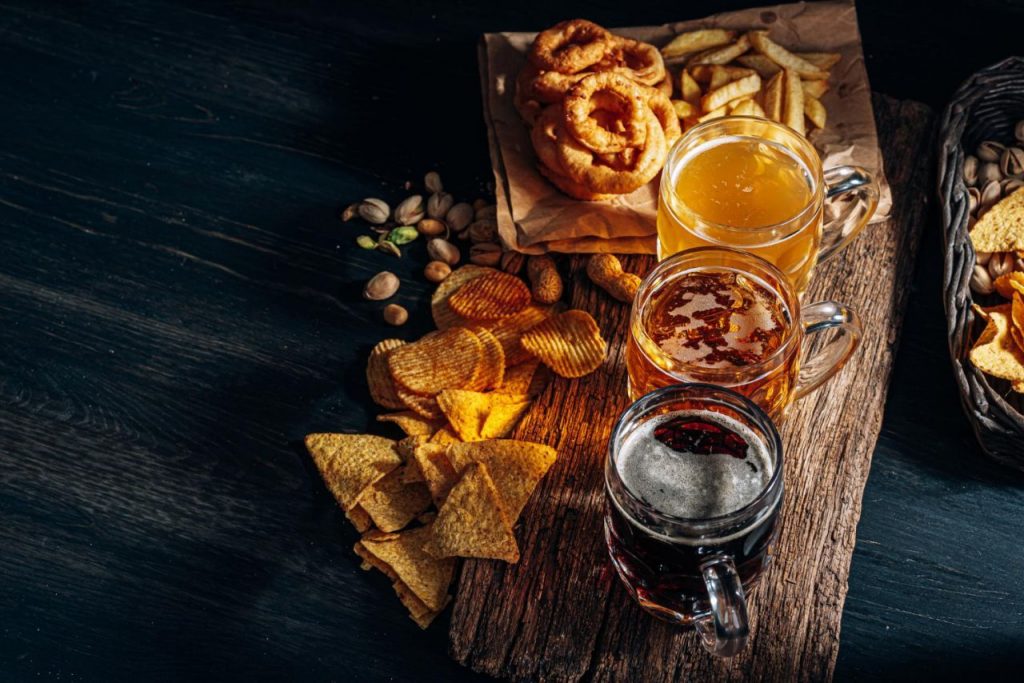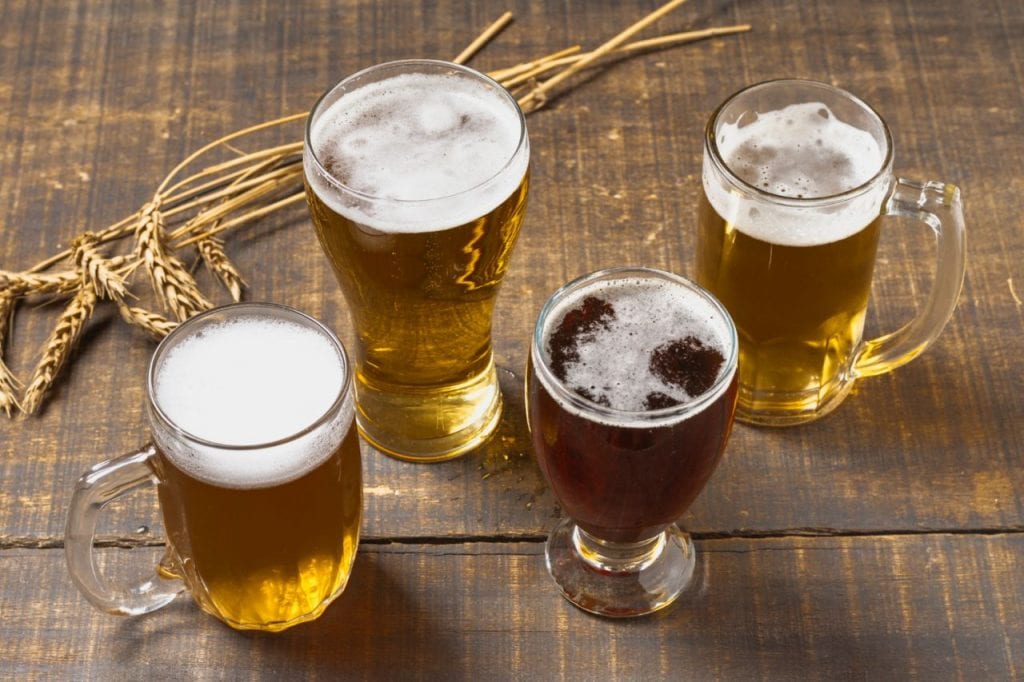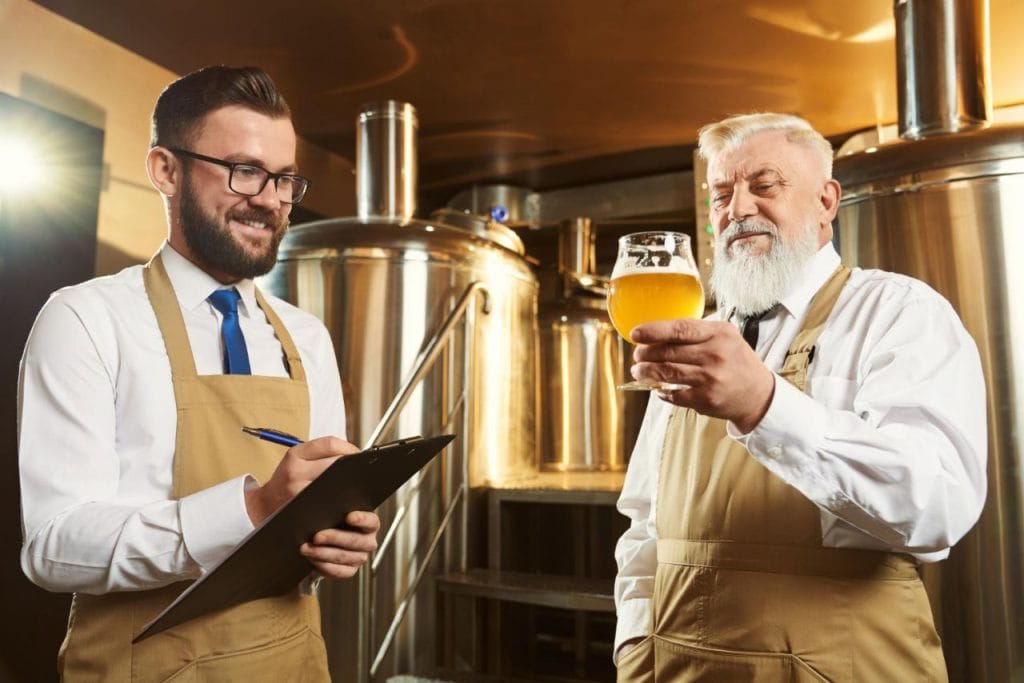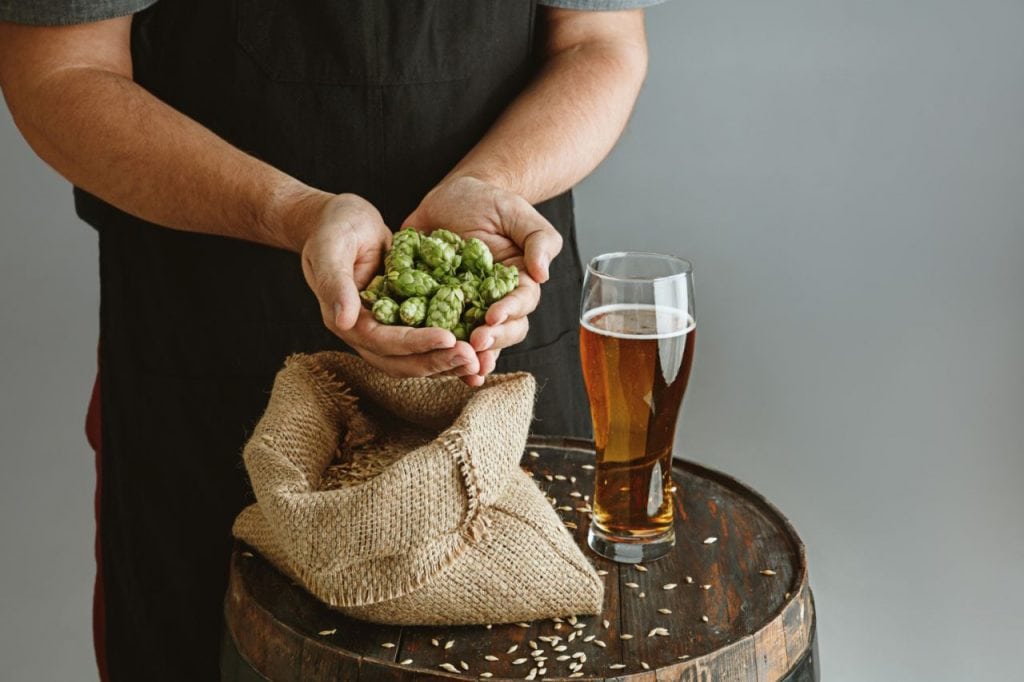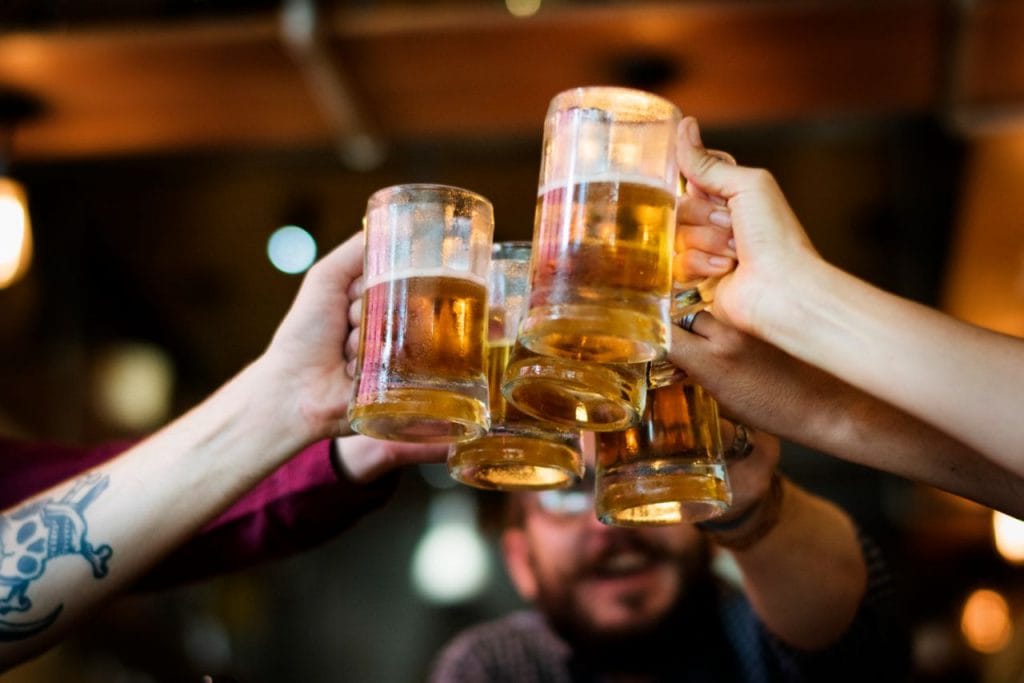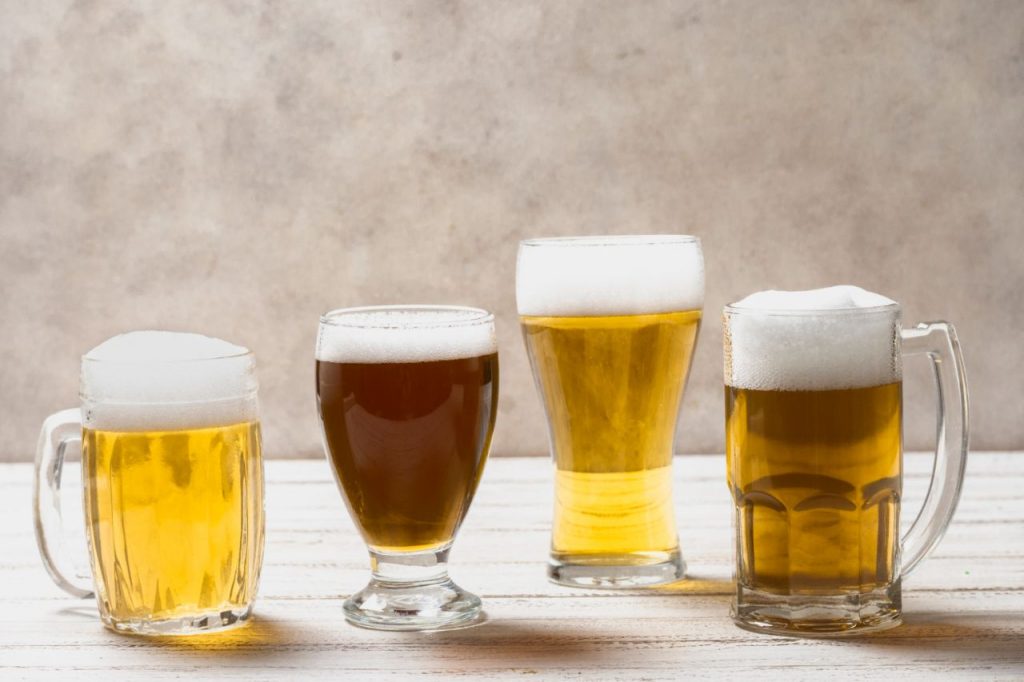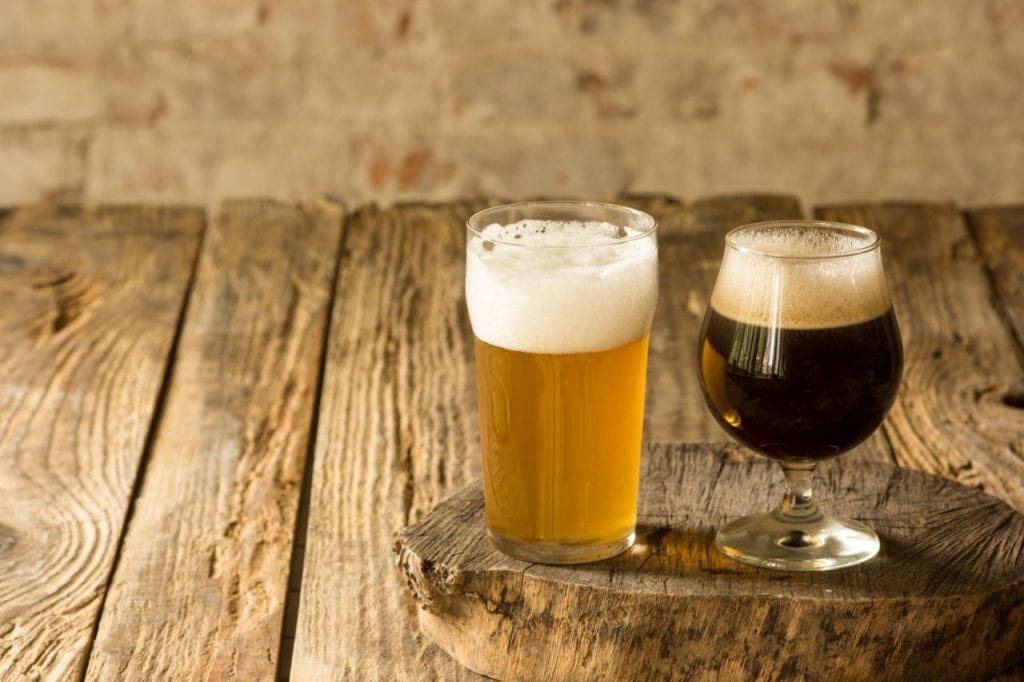Customers have the opportunity to become more aware of the topic than ever before due to the fact that craft beer is now readily available in stores all over the world. Specifically, this is the case since craft beer is now freely accessible. In the past, things were not like this at all.
This constitutes a significant advancement when measured against the state of affairs only a few short years ago, when things were very different. But unfortunately, even though it is getting simpler to brew your beer at home, there are still a lot of myths floating about how our favourite beverage is made and how it ought to be drunk.
This is even though it is getting easier to make your beer at home. The fact that more people are learning about the process of making beer doesn't change the reality that this continues to be the case.
Things You Didn't Know About Craft Beer
Tea and water are the two beverages consumed most commonly around the world. However, for some, the realisation that beer is the third most consumed alcoholic beverage worldwide may be a surprise.
Beer is widely drunk around the world. In addition, it is commonly believed to be an alcoholic beverage consumed at a higher rate than any other globally. A recent poll revealed that people globally drank about 50 billion gallons of beer that year.
Beer Is Good For Your Bones
It is common knowledge that drinking alcohol puts a person at increased danger of becoming dependent on the substance and causes them to experience a decline in their mental faculties. On the other hand, the results of a recent medical study suggest that even a very small amount of it can have a sizable beneficial effect on an individual's health.
To continue with this thought, beer is open to the same complaints. Beer has silicon added to it, which can lead to increased mineral and calcium deposits in the body, which in turn helps to develop bone structures. This can happen if you drink beer that has silicon added to it. Again, this is due to the presence of extra silicon in beer.
Beer Has Been Brewed And Consumed For Many Generations
Although the craft brewing business is well-known for its bold flavours and imaginative techniques, the brewing styles and processes that are utilised date back hundreds of years or more, despite the fact that the industry is based in the States, even though the craft brewing industry is famous for its innovative ways, this is the case.
The essential brewing procedures used have been around for millennia. Despite the fact that brewers add fruits, vast amounts of dry hops, and powerful flavours that are unique to their beers, this remains the case.
The Production Of Beer Requires A Significant Amount Of Water
Running a brewery inevitably involves using a considerable amount of water because this is essential. To properly clean enormous tanks and ensure that all equipment is sanitary, gallons of boiling hot water are required to do the cleaning process.
This is necessary to keep up with the appropriate level of hygiene.
According to the information in the article, the creation of one ounce of beer requires around 28 gallons of water.
There are many breweries, some of which are at the forefront of the business when it comes to the quest for solutions that can protect the beauty of the water sources in the state while keeping them free from contamination.
Women Are The First Brewers
One of the most interesting facts about beer is that for the very first time in human history, women participated in the brewing industry on a professional level. This is one of the reasons why beer is so fascinating.
There are a lot of interesting things that can be said about beer, and this is just one of them.
Brewsters were the name given to these young women, and to be hired for this position, they needed to possess a great deal of physical attractiveness.
In addition to that, the production of beer was under their purview.
The Flavour Of Beer Can Be Significantly Altered By Any One Of These Four Elements
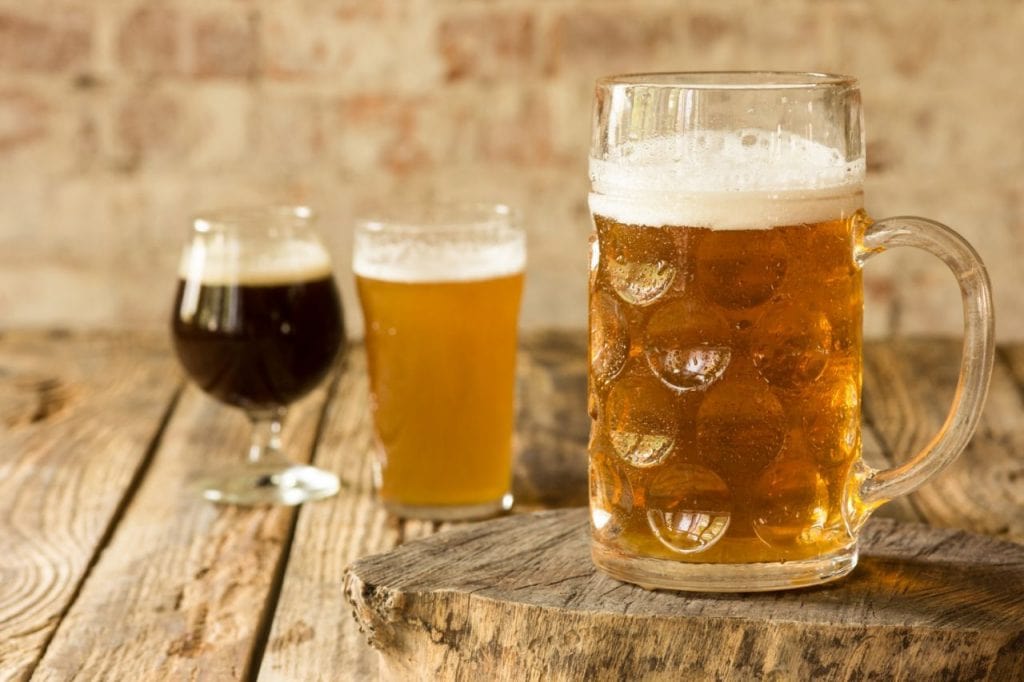
Beers brewed to perfection make use of the flavours present in all of the ingredients, including the water, that are added throughout the process of making the beer. This includes taking advantage of the flavours that are available in the water.
This involves making use of the flavours that are present in the water and using them to your advantage. The water profile of a brewery acts as the foundation for the construction of each recipe, which is subsequently developed through the incorporation of malted barley, wheat, or any other carbohydrate source.
Hops are used in the processes of bittering and flavouring, and they differentiate themselves in many American beers with notes of pine, citrus, or soil. Bittering and flavouring hops are two different procedures.
Hops are used not only in the process of flavouring but also in the process of bittering. Hops are an additional element that is utilised in the brewing process of beer. Yeast is responsible for this process during fermentation.
In addition to infusing scents and flavours into the beer, yeast is responsible for this step.
Depending on the origin of the yeast used to make the beer, the finished product may still contain a hint of clove, banana, or even a smell that is reminiscent of a barnyard, even after the fermentation process has been completed.
Every Person Has Different Taste Buds
Beer tasting is no contest or race in any way, shape, or form because this is the final and most essential point! Due to the fact that individuals' perceptions of what is appealing to them might vary drastically from one another, there are a vast number of distinct styles. Therefore, before casting judgement on a beer you do not appreciate, it is vital to consider the brewer's goals when developing it.
This will help you better understand the beer. For example, when striving to understand the flavours and characteristics of a certain beverage, it might be helpful to look at the methods used to produce that beverage. In this case, beer production processes can be investigated.
Drinking Beer May Help Avoid Kidney Stones
Another point that can be made in favour of drinking beer is that it may positively impact a person's health, which is an argument that can be made in favour of beer consumption.
According to the findings of a study that was just recently published in the Journal of Epidemiology, drinking one bottle of beer on a daily basis may reduce the risk of developing kidney stones by as much as forty per cent. These findings were derived from an investigation that was conducted more recently. This information was learned as a direct result of the investigation that was carried out.
Yeast Is Considered To Be A Living Organism
A batch of beer can't be made without at least these four individual ingredients being present first. One of these components is yeast, a living organism that plays an essential role in production. Yeast is a fundamental part of the process.
In addition to contributing various flavours to the end product, it is responsible for the fermentation process, which transforms the sugary and sweet wort into alcohol and carbon dioxide and adds some of those flavours.
On the other hand, in recent years, there has been a movement towards experimenting with wild yeast through the use of foraging and fermentation that occurs naturally. However, in recent years there has been a trend towards utilising wild yeast, which many brewers use. In addition, many brewers use yeast tweaked and generated in a laboratory.
It's Possible That Cans Are Preferable Over Bottles
Cards are the best option for carrying and storing beer since they shield the beverage from the potentially harmful effects of direct sunlight. This is due to the fact that cans are the most frequent type of container used for beer. In addition, there is a movement taking place right now throughout the country in the canning of beers that are intended to be consumed at their freshest state.
This shift is taking place as a plan to maintain the high quality of the beers while at the same time lowering the costs associated with the production of those beers. Despite this, you should continue seeking bottles suitable for carrying such rare-aged beers until you find some of them.
Brewers Are More Comparable To Cooks Than They Are To Magicians
In spite of the fact that beers are magical libations, the folks who make them are often highly grounded in reality and reason in the thinking they employ. In contrast to wizards, brewers spend most of their time creating and perfecting new recipes, putting those ideas into action, marketing their products, and ensuring that their brewery is kept clean. Other responsibilities include ensuring that their product is marketed effectively.
The Brewing Process Is Not Simple
Brewers frequently have preferences and routines centred on their system, even though the fundamental brewing method is the same everywhere. This is due to the fact that brewing is a highly individual process. As a result, brewers are confronted on a daily basis with a one-of-a-kind assortment of challenges, the nature of which can change depending on some factors, including the dimensions of their brew house and the layout of their brewery.
Brewers are required to overcome these challenges to produce high-quality beer. Beer, an alcoholic beverage, is produced by brewers responsible for the beverage's creation. Brewers are the individuals who are responsible for the manufacturing of beer. Brewers, especially those working in the contemporary craft beer sector, are tasked with devising recipes and names for their beers that are appealing to customers. This challenge is especially prevalent in the craft beer industry. This obstacle is particularly widespread in the industry of contemporary craft beer.
Different Brewing Processes Are Utilised In The Production Of Each Individual Style
Since a vast range of procedures may be used to manufacture beer, there is also a wide number of styles that can be produced. These styles can be further broken down into subcategories. On the other hand, India pale ales can undergo fermentation in an extremely condensed amount of time despite having a sizable amount of hops in their composition. On the other hand, lagers have a lower hop concentration but are fermented for much longer at milder temperatures.
This distinction can also be traced back to the yeast and malt bills that were utilised during the manufacturing procedure of the alcoholic beverage in question. On the other hand, Ale yeasts ferment at the top of the tank and give a relatively minor flavour to the beer they produce. Ale yeasts ferment at warmer temperatures. "Top fermenting" yeasts are often alluded to when discussing ale yeasts.
On the other hand, ale yeasts ferment in the bottom of the tank, whilst lager yeasts give out flavours that vary depending on the strain employed. Ale yeasts ferment at a lower temperature than lager yeasts. Lager yeasts, regardless of their strain, produce aromas and flavours distinct from one another.
Beer Does Not Cause A 'Beer Belly'
In the vast majority of situations, as a general rule, in most cases, the accumulation of fat that is frequently referred to as a "beer belly" is not normally the result of drinking beer. Instead, hops, malt, and alcohol are the three components of this beverage that are accountable for inducing feelings of hunger in a consumer. Therefore, these three factors, working together, are responsible for producing this impact.
If drinking beer causes you to eat fatty meals more frequently, you may develop what is colloquially known as a "beer belly" due to the increased number of calories you consume as a direct result of this behaviour. This is because beer consumption increases the total quantity of calories consumed by the drinker.
Conclusion
The availability of craft beer has increased dramatically in recent years. This is a huge improvement compared to how things were even a few years ago. Even while home brewing is becoming more accessible, many misconceptions persist about the process. An estimated 28 gallons of water produce just one ounce of beer. Gallons of boiling water is needed to clean massive tanks thoroughly.
These young women, dubbed "Brewsters," were required to have stunning good looks before they could be hired. Hops are employed for both bittering and flavouring purposes. The yeast is responsible for imparting aromas and flavours into the beer. One study found that beer drinkers had a 40 per cent lower risk of acquiring kidney stones. The findings of the enquiry led directly to the discovery of this data.
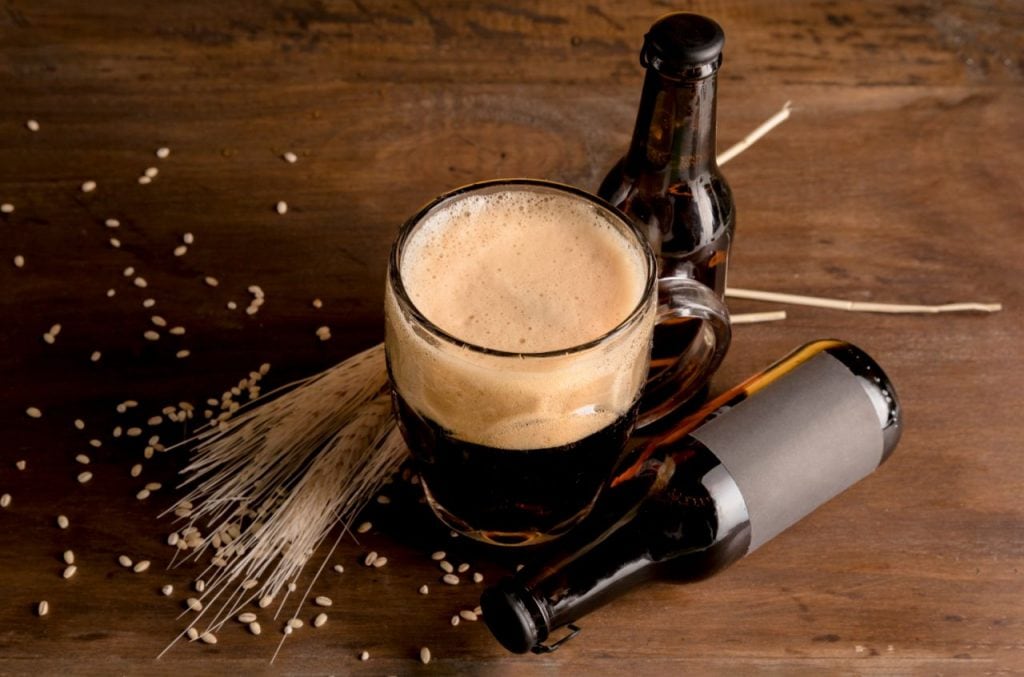
A "beer belly" can occur if an increase follows beer used in the frequency of fatty food consumption. Caused by eating more calories. Hops, malt, and alcohol all have a role in making drinkers ravenous.
Content Summary
- Customers can become more aware of the topic than ever before because craft beer is now readily available in stores worldwide.
- Specifically, this is the case since craft beer is now freely accessible.
- But unfortunately, even though it is getting simpler to brew your beer at home, there are still a lot of myths floating about how our favourite beverage is made and how it ought to be drunk.
- This is even though it is getting easier to make your beer at home.
- The fact that more people are learning about the process of making beer doesn't change the reality that this continues to be the case.
- However, for some, the realisation that beer is the third most consumed alcoholic beverage worldwide may be a surprise.
- Beer is widely drunk around the world.
- Although the craft brewing business is well-known for its bold flavours and innovative techniques, the brewing styles and processes that are utilised date back hundreds of years or more, despite the fact that the industry is based in the States, even though the craft brewing industry is famous for its innovative ways, this is the case.
- The essential brewing procedures used have been around for millennia.
- Running a brewery inevitably involves using a considerable amount of water because this is essential.
- There are many breweries, some of which are at the forefront of the business in the quest for solutions that can protect the beauty of the water sources in the state while keeping them free from contamination.
- One of the most interesting facts about beer is that for the very first time in human history, women participated in the brewing industry on a professional level.
- This involves making use of the flavours that are present in the water and using them to your advantage.
- Bittering and flavouring hops are two different procedures.
- In addition to infusing scents and flavours into the beer, yeast is responsible for this step.
- Therefore, before casting judgement on a beer you do not appreciate, it is vital to consider the brewer's goals when developing it.
- This will help you better understand the beer.
- Another point that can be made in favour of drinking beer is that it may positively impact a person's health, which is an argument that can be made in favour of beer consumption.
- According to the findings of a study that was just recently published in the Journal of Epidemiology, drinking one bottle of beer on a daily basis may reduce the risk of developing kidney stones by as much as forty per cent.
- One of these components is yeast, a living organism that plays an essential role in production.
- Yeast is a fundamental part of the process.
- In the vast majority of situations, as a general rule, in most cases, the accumulation of fat that is frequently referred to as a "beer belly" is not normally the result of drinking beer.
- Instead, hops, malt, and alcohol are the three components of this beverage that are accountable for inducing feelings of hunger in a consumer.
- If drinking beer causes you to eat fatty meals more frequently, you may develop what is colloquially known as a "beer belly" due to the increased number of calories you consume as a direct result of this behaviour.
- This is because the increased number of calories you consume is directly proportional to the increased number of calories you consume.
- This is because beer consumption increases the total quantity of calories consumed by the drinker.
FAQs About Beer
How Many Types Of Beer Are There?
Beer gets its flavour from the flowers of the hop vine, also known as hops. They impart a floral, bitter, and citrus flavour and prevent the beer from becoming rancid. There are about 400 types of beer! Ale is the oldest type of beer, and Lagers are the most commonly consumed beer worldwide.
When Was Beer Invented?
Beer is one of the oldest drinks humans have produced. The first chemically confirmed barley beer dates back to the 5th millennium BC in Iran and was recorded in the written history of ancient Egypt and Mesopotamia, and spread throughout the world.
How Are Beers Classified?
The two major classifications of beer are ale and lager. Ales are fermented with top-fermenting yeasts (the yeasts float on top of the beer during fermentation), while lagers are fermented with bottom-fermenting yeasts (the yeasts sink to the bottom of the beer during fermentation).
What Are The Major Types Of Beer?
- Ale. Ale is a general beer category: You’ll find sub-categories like brown or pale ales.
- Lager. Lagers are a newer style of beer with two key differences from ales.
- Porter.
- Stout.
- Blonde Ale.
- Brown Ales.
What Are The Two Types Of Beer?
There are only two types of beer in this world: Ale and Lager. It’s true. We can talk about bitters and cold filtered beers, pale ales and pilsners, stouts and draughts, but at the end of the day, they all fit under one of two parents: the ale and the lager.
Beer gets its flavour from the flowers of the hop vine, also known as hops. They impart a floral, bitter, and citrus flavour and prevent the beer from becoming rancid. There are about 400 types of beer! Ale is the oldest type of beer, and Lagers are the most commonly consumed beer worldwide.
Beer is one of the oldest drinks humans have produced. The first chemically confirmed barley beer dates back to the 5th millennium BC in Iran and was recorded in the written history of ancient Egypt and Mesopotamia, and spread throughout the world.
The two major classifications of beer are ale and lager. Ales are fermented with top-fermenting yeasts (the yeasts float on top of the beer during fermentation), while lagers are fermented with bottom-fermenting yeasts (the yeasts sink to the bottom of the beer during fermentation).

